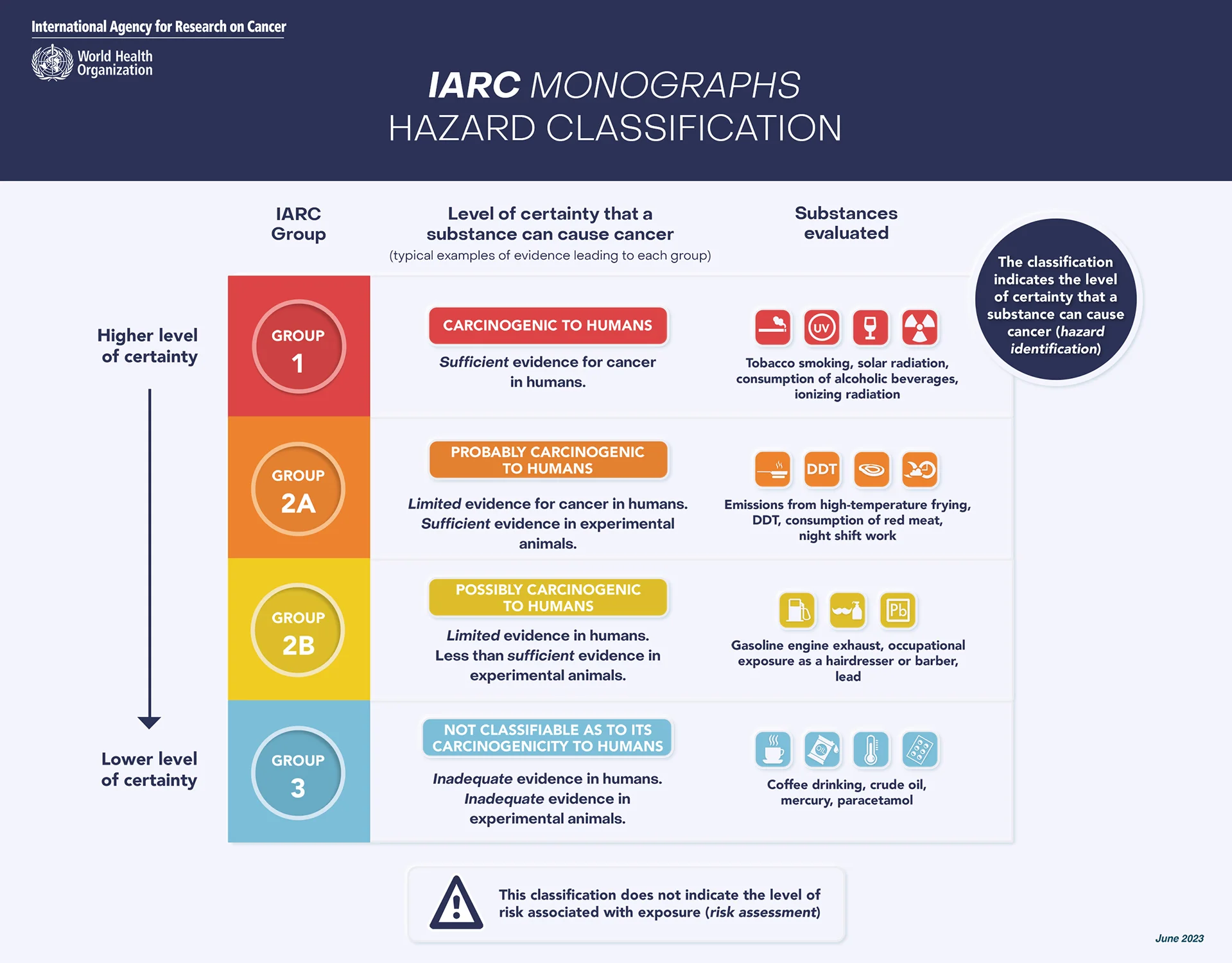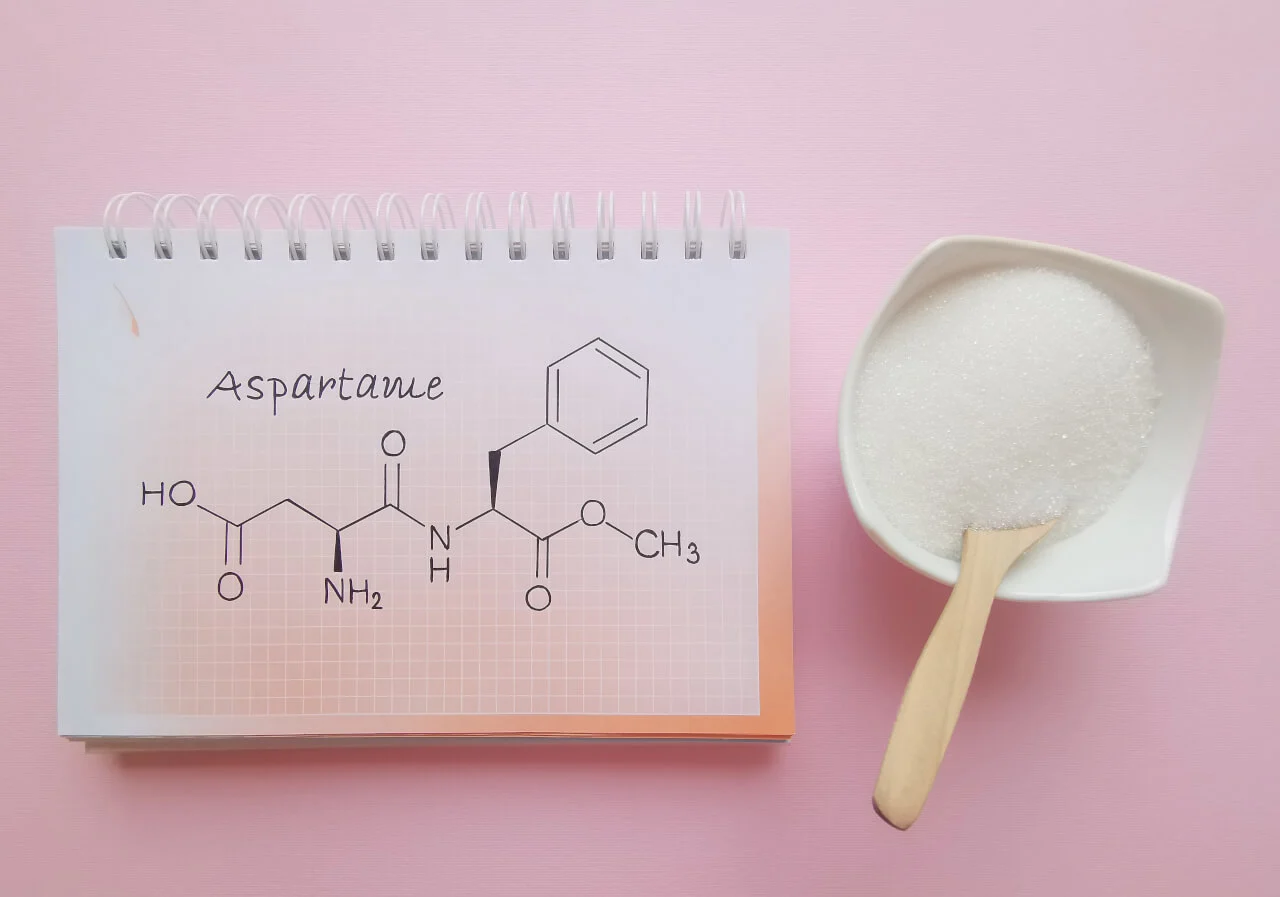The scientific facts about aspartame , the most widespread but also the most controversial sweetener in the world .
Available for over 30 years, aspartame has been approved for use in over 100 countries worldwide.
Aspartame is a very well-tested food additive with a comprehensive set of studies conducted in animal models and in humans. All these studies show that aspartame is safe.
The first European safety assessments of aspartame were published by the former Scientific Committee for Food (SCF) of the European Commission in 1984. Subsequent supplementary assessments were carried out by the SCF in 1988, 1997 and 2002.
Since the establishment of the European Food Safety Authority (EFSA) in 2002, the Authority has reaffirmed the safety of aspartame in 2006, 2009, 2010, 2011 and most recently in 2013 .
But let’s take things from the beginning.
WHY IS ASPARTAME IN THE FOCUS OF THE NEWS IN THE LAST DAYS?
FAO /WHO Expert Committee on Food Additives ( JECFA ) and the International Agency for Research on Cancer ( IARC ) are simultaneously evaluating the risks associated with aspartame .
IARC has assessed whether aspartame may pose a cancer risk, while JECFA will assess the risks to the public from the use of aspartame in food.
JECFA risk assessment will include a review of acceptable daily intake[1] and an assessment of dietary exposure for aspartame .
The media reports that IARC has assessed aspartame as a possible carcinogen ahead of the publication of its official report, which will be available alongside the JECFA assessment , on 14 July 2023.
IARC ASSESSMENT REALLY MEAN
We really have to wait and see the full IARC review before we can draw any firm conclusions. Without it we are really shooting in the dark. We do not know what the terms of the assessment were or what criteria they used to exclude items in or out.
What we can say is that IARC generally looks at the existing scientific literature on a particular substance or process and then weighs the evidence about the likelihood that that substance or process can cause cancer under certain conditions or exposure.
It’s also important to note that just because something can cause cancer doesn’t mean it automatically does if you’re exposed to it. The dose makes the poison.
For example, we know that UV radiation in sunlight causes cancer, so we wear sunscreen at the beach – but we don’t wear sunscreen when we go outside in the winter, even though we’re still exposed to sunlight, why? Because in winter the dose is smaller.
The UN body tasked with assessing the risk of food additives, including aspartame , is JECFA, the Joint FAO / WHO Expert Committee on Food Additives. Aspartame has never been reviewed by the International Agency for Research on Cancer (IARC) .
The last JECFA ( FAO / WHO ) assessment of aspartame was in 2016.
JECFA ( FAO / WHO ) has, and in 1981 established an acceptable daily intake of aspartame of 40 mg per kilogram of body weight per day for the duration of your life. In order to consume more than this limit, you require a very large consumption of soft drinks with sweeteners (about 10,000 liters) every day !!
On July 14, JECFA may or may not change this risk assessment.
WHAT THEY MEAN THE CATEGORIES OF IARC ( International Agency for Research on Cancer ) ?
IARC experts do not assess whether, in practice, a substance or exposure poses a cancer risk to humans. Instead, they assess whether it would ever be capable of presenting a hazard, under any circumstances, even if the only harmful circumstances are really, really unlikely to occur.
IARC leaves it to others to assess the actual risk a substance presents to the public. IARC now makes it very clear what they aim to do in their assessments.
For example, produce an infographic,

Which shows the four categories they use (non-helpful tags 1, 2A, 2B and 3 ). A substance or exposure is classified according to the strength of the evidence that it can cause cancer in humans, i.e. that it presents a cancer risk.
- Group 1, “carcinogenic to humans”, such as smoking, drinking alcohol, eating processed meat, experts believe there is sufficient evidence that it could cause cancer in humans.
- Group 2A, “probably carcinogenic to humans”, includes things like emissions from high-temperature frying or night work (shift) eating red meat, working in a hairdressing/barber shop (steroid exposure ) . The evidence is weaker than for Group 1, so experts are not entirely sure that these exposures could ever be carcinogenic , although they very well could be .
- Group 2B , “probably carcinogenic to humans,” is used where evidence of possible carcinogenicity to humans is “limited” and evidence in experimental animals is “less than adequate,” according to IARC. Extracts from whole Aloe leaves also fall into this group vera , and traditional Asian pickled vegetables.
But the group in which aspartame will go , according to sources is group 2B is one further down the scale of evidence.
- Group 3 , “not classifiable as to its carcinogenicity to humans”, where the evidence of risk is so weak that IARC experts do not consider it sufficient at all, so the evidence for a group 2B exposure is a little stronger than this; but it could be really very weak again.
FINAL THOUGHTS
- The safety of aspartame has been extensively studied and regulated by many health organizations worldwide, including the US Food and Drug Administration (FDA), the European Food Safety Authority (EFSA) and the World Health Organization (WHO). These organizations have consistently confirmed that aspartame is safe for consumption at current permitted levels of use.
- As with any food or drink, moderation is essential. Aspartame , when consumed in normal amounts, can be a safe and useful sugar substitute for people who want to reduce their sugar intake or manage diabetes.
- Remember to stay informed, rely on scientific evidence and recognized agencies with expertise in toxicology.
It is important for consumers, before new concerns are raised, that the opinions of the International Agency for Research on Cancer (IARC) and JECFA – Joint FAO / WHO Expert Committee on Food Additives are published and critically reviewed by experts in toxicology and risk assessment .
For now keep calm and be patient until we evaluate the IARC and JECFA reports when they are published on July 14, 2023 to draw final conclusions.
[1] The Acceptable Daily Intake ( ADI ) is an estimate of the amount of a substance in food or drinking water that can be consumed daily over a lifetime without presenting a significant risk to health.

